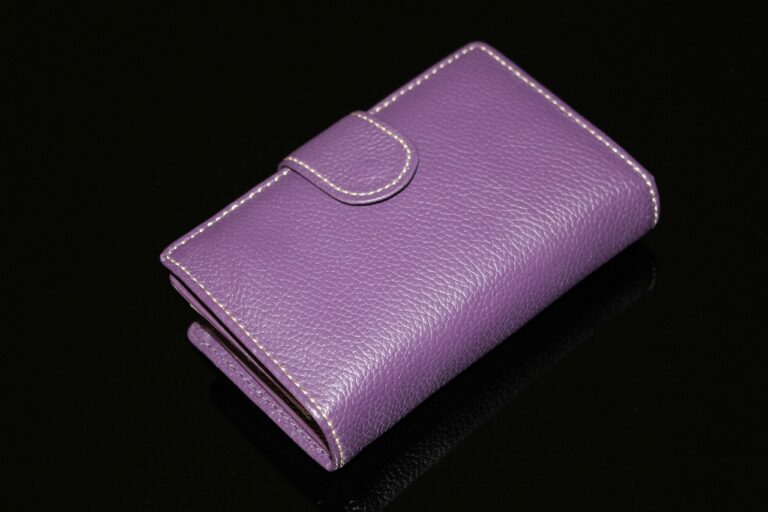Fashion and Cultural Identity: How Clothing Reflects and Shapes Cultural Heritage
Fashion plays a vital role in reflecting the unique cultural identity of different societies. Through the choice of clothing, individuals can showcase their heritage, values, and traditions. Clothing styles often draw inspiration from historical and cultural roots, embodying the rich tapestry of a community’s identity. From intricate patterns and fabrics to traditional accessories, fashion serves as a powerful medium through which cultural narratives are woven and expressed.
Moreover, fashion as a symbol of cultural identity is not static but continuously evolves over time. As societal norms shift and global influences seep into local traditions, fashion choices adapt to these changes while still retaining elements of cultural heritage. This dynamic interplay between tradition and modernity is evident in the fusion of traditional clothing with contemporary designs, creating new forms of expression that celebrate cultural diversity while embracing innovation.
The Influence of Historical Events on Fashion Choices
Fashion choices are deeply intertwined with historical events, reflecting the societal shifts and cultural changes that have shaped our world. From the opulent and intricate designs of the Victorian era to the rebellious and edgy styles of the 1960s counterculture movement, each period in history has left its mark on the way people dress and express themselves through clothing.
Wars, revolutions, and economic booms have all played a significant role in influencing fashion trends. For example, the austerity measures during wartime often led to more simplistic and practical clothing designs, while times of prosperity have brought about flamboyant and luxurious fashion statements. It is fascinating to observe how historical events can leave a lasting impact on the way we choose to adorn ourselves, showcasing the dynamic relationship between fashion and history.
Traditional vs. Modern Clothing in Different Cultures
Traditional clothing in various cultures often serves as a tangible link to the past, embodying centuries-old customs and beliefs. These garments are typically crafted using traditional techniques and materials that have been passed down through generations, reflecting the values and aesthetics of a particular society.
On the other hand, modern clothing in different cultures often represents a fusion of traditional elements with contemporary designs and fabrics. This hybrid approach showcases a dynamic evolution in fashion, where traditional garments are reimagined and reinterpreted to suit the tastes and lifestyles of the current generation. The integration of modern influences in clothing design highlights how cultures adapt and innovate while still honoring their heritage.
How does fashion serve as a symbol of cultural identity?
Fashion often reflects the values, beliefs, and traditions of a particular culture, making it an important symbol of cultural identity.
How have historical events influenced fashion choices in different cultures?
Historical events such as wars, colonization, and globalization have all played a role in shaping the fashion choices of different cultures. For example, the colonization of certain regions may have led to the adoption of Western clothing styles.
What are some key differences between traditional and modern clothing in different cultures?
Traditional clothing typically adheres to long-standing customs and practices, while modern clothing often incorporates contemporary trends and influences. Traditional clothing may be worn for special occasions or ceremonies, while modern clothing is more commonly worn in day-to-day life.







